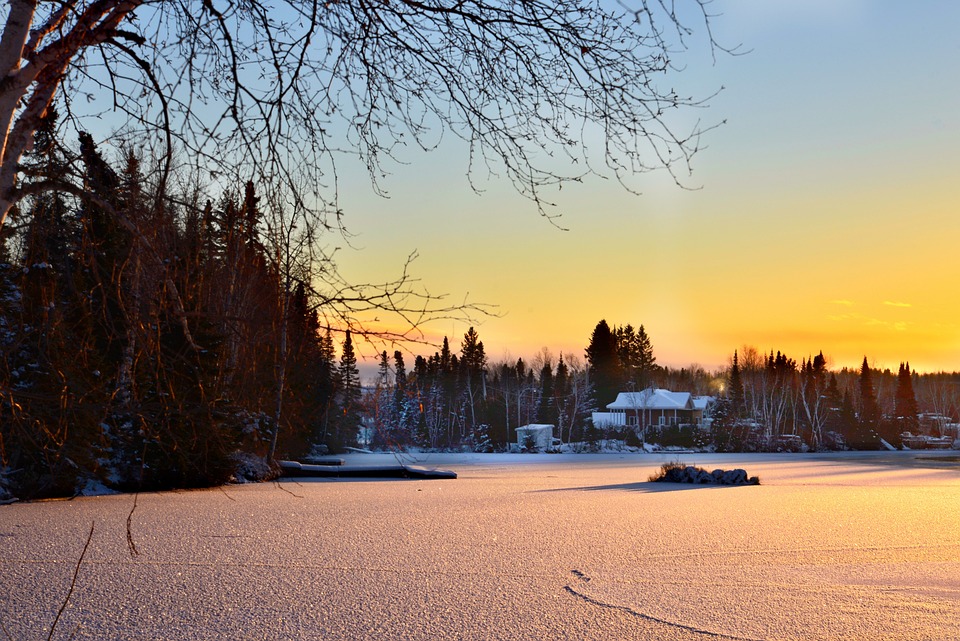How Climate Change Affects Wildlife
Climate change is one of the most pressing environmental issues of our time. It affects all living things, including wildlife. In this article, we’ll discuss how climate change impacts wildlife and what can be done to mitigate the effects.
What Causes Climate Change?
Climate change is caused by an increase in the average global temperature due to an accumulation of greenhouse gases. These gases are emitted from human activities such as burning fossil fuels, deforestation, and livestock farming. As the concentration of greenhouse gases rises, more heat is trapped in the atmosphere, leading to an overall rise in global temperatures.
How Does Climate Change Affect Wildlife?
Animals are particularly vulnerable to the effects of climate change because they are directly affected by changes in temperature, precipitation, and food availability. In addition, many species have specific habitats and migratory patterns that are disrupted by changes in the environment.
In general, climate change is causing animals to migrate farther, reproduce less, and face higher mortality rates. For example, changes in temperature and water availability are causing many species of fish to migrate to new areas, while changes in food availability are causing birds to migrate farther in search of food.
In addition, the rising temperatures are causing coral bleaching, which is devastating to coral reef ecosystems and the species that depend on them.
What Can Be Done To Mitigate The Effects Of Climate Change On Wildlife?
The effects of climate change on wildlife can be mitigated by reducing greenhouse gas emissions, restoring habitats, and protecting species’ migration routes.
Reducing greenhouse gas emissions can be done by shifting to renewable energy sources, reducing consumption, and improving energy efficiency. These steps can help to slow the rate of climate change and give wildlife more time to adapt to the changing environment.
Restoring habitats and protecting species’ migration routes can help to maintain biodiversity and give species a chance to survive in the face of climate change. This can be done by creating protected areas and restoring damaged ecosystems.
Finally, increasing public awareness and education about climate change and its effects on wildlife can help to ensure that people understand the urgency of the situation and take action to protect wildlife.
Conclusion
Climate change is already having a devastating impact on wildlife. Reducing greenhouse gas emissions, restoring habitats, and protecting species’ migration routes are all essential steps that can be taken to mitigate the effects of climate change on wildlife. Education and public awareness are also key to ensuring that people understand the urgency of the situation and take action to protect wildlife.

Kyle Whyte is a notable scholar and professor at the University of Michigan, holding positions such as the George Willis Pack Professor in the School for Environment and Sustainability and Professor of Philosophy. Specializing in environmental justice, his work critically examines climate policy and Indigenous peoples’ ethics, emphasizing the nexus between cooperative scientific endeavors and Indigenous justice. As an enrolled Citizen Potawatomi Nation member, he brings a vital perspective to his roles as a U.S. Science Envoy and member of the White House Environmental Justice Advisory Council. His influential research is supported by various prestigious organizations including the National Science Foundation, and disseminated through publications in high-impact journals. Kyle actively contributes to global Indigenous research methodologies and education, with affiliations to numerous institutes and societies dedicated to traditional knowledge and sustainability. Recognized for his academic and community engagement, Kyle has earned multiple awards and served in various visiting professorships. His efforts extend to leadership positions on boards and committees focused on environmental justice nationwide.
